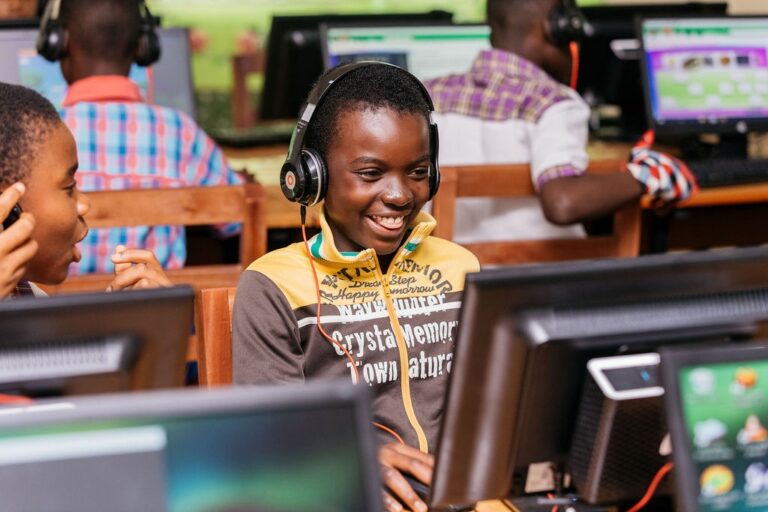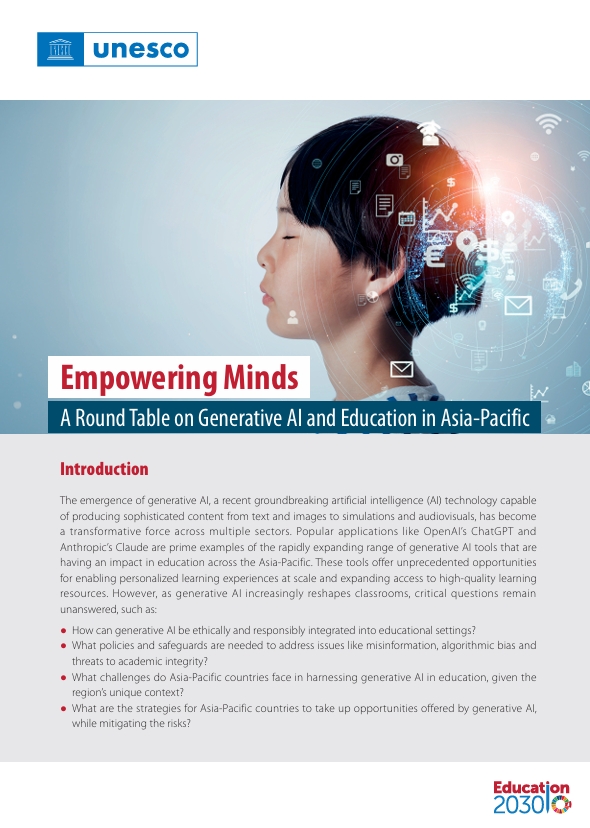1.2 billion children are threatened by conflict, widespread poverty or discrimination against girls
The end of childhood takes many forms. It’s a little girl being told she can’t go to school because she was born a daughter, not a son. It’s a child never having enough to eat, struggling to make it through the day and being forced to work so his family can make ends meet. It’s the millions of children forced to grow up in war zones, living every day in fear for their lives with no hope for the future. Lost childhoods are a result of choices that exclude particular groups of children by design or neglect. They represent the many faces of exclusion.
Poverty, conflict and discrimination against girls are putting more than 1.2 billion children – over half of children worldwide – at risk for an early end to their childhood. In fact, many of these at-risk children live in countries facing two or three of these grave threats at the same time. More than 153 million children are at extreme risk of missing out on childhood because they live in countries characterized by all three threats. It does not have to be this way.
In commemoration of International Children’s Day, Save the Children releases its second annual End of Childhood Index taking a hard look at the events that rob children of their childhoods and prevent them from reaching their full potential.
In our second Global End of Childhood Report and Childhood Index, we examine:
- The harsh realities faced by the most vulnerable, excluded children— including girls, children in conflict and children living in poverty
- Eight defining life events that signal the end of childhood
By examining the forces that end childhood around the world, we can advance our work to help every last child reach their full potential and have a chance at the childhood and future they deserve.
Download our End of Childhood report in full.
The end of childhood is a global problem
Save the Children’s second annual End of Childhood Index compares the latest data for 175 countries and assesses where the most and fewest children are missing out on childhood due to a variety of childhood ‘enders’. Use the map below to explore where children around the world are most at risk for losing their childhood too soon and compare countries to see where childhoods are most and least threatened.







